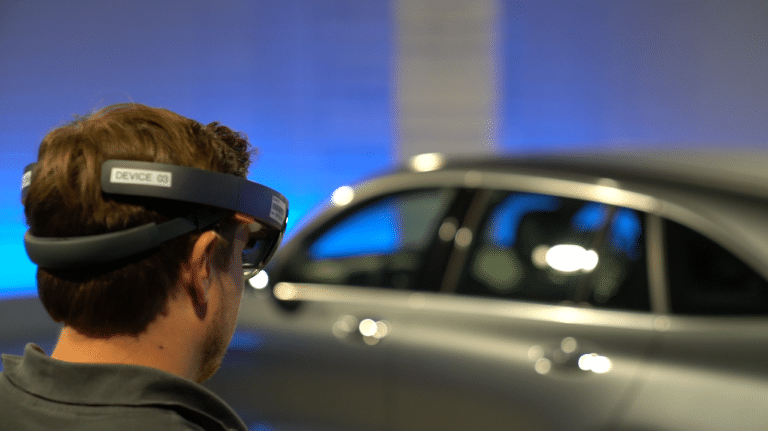
As we enter a new year, it’s time for our annual ritual of synthesizing the lessons from the past twelve months and formulating the outlook for the next twelve. Notably, when kicking off this thought exercise, we realized that several of the topics look similar to last year.
Though there are lots of developments and new insights, the topical containers that house those insights are beginning to coalesce into standard buckets. We’re talking mobile AR engagement & monetization; AR cloud development; enterprise AR and the gradual march of VR.
This standardization is good news in that it signals spatial computing’s exciting – yet insecure – early days have transitioned to an adolescent period of its lifecycle. We have a firmer grasp on what’s working….versus 2017’s wild speculation on the technology’s world-shifting impendence.
So where is spatial computing now, and where is it headed? What’s the trajectory of each of the above subsegments? This was the topic of the latest ARtillery report, Spatial Computing: 2020 Lessons; 2021 Outlook. It looks back and looks forward, including concrete predictions.

Prediction 4: Enterprise AR’s Tipping Point Delays
After examining AR advertising in our third prediction last week, our fourth prediction moves on to the enterprise domain.
While consumer AR glasses’ challenges are being resolved, AR has found less resistance in the enterprise. There, the technology’s style crimes aren’t an issue, and it has clearer ROI. That includes operational efficiencies that are brought by line-of-sight visualization.
In key functions like industrial assembly and maintenance, AR can expedite task completion and reduce errors by lessening cognitive load from “mentally mapping” 2D instructions to 3D space. There are lots of macro benefits too, such as distribution and retention of institutional knowledge.
Drilling down on the latter, it’s all about mitigating knowledge loss from seasoned personnel retiring. Because baby boomers are retiring at a greater pace and job turnover rates are increasing, it’s getting harder to retain institutional knowledge — an expensive problem.
For all of these reasons, ARtillery Intelligence has estimated that enterprise AR spending will grow from $2.77 billion in 2019 to $15.8 billion in 2024, a 41.6 percent CAGR. This includes head-worn AR (hardware and software spending) as well as mobile & tablet-based AR (software spending).

The Dark Side
Though AR can alleviate the above challenges, its enterprise implementation is easier said than done. Practical and logistical barriers stand in the way — such as organizational inertia, politics, change management, and fear of new technology among key stakeholders.
These barriers exist even in a pandemic when social distancing measures compel AR’s ability to facilitate remote assistance in the above ways. That factor could accelerate adoption to some degree and expose the technology’s benefits….but organizational inertia persists.
For example, the biggest stumbling block for enterprise AR is the dreaded “pilot purgatory.” This is when AR is adopted at the pilot stage but never progresses to full deployment. It’s the biggest pain point in industrial AR, and there are many reasons for it…most of them cultural.
This brings in the “3 P’s” construct devised by our research arm, ARtillery Intelligence. Positioning AR to address peoples‘ pain points is the first step, followed by ensuring product fit. Lastly, process is key to implement AR in bottom-up ways that ensure invested stakeholders.
Boiling it Down
To synthesize all of the above into a concrete set of potential market outcomes, here’s what we think will happen in 2021:
— In our past enterprise AR analysis, we’ve theorized an eventual tipping point.
— As seen in past enterprise tech cycles, this tipping point is followed by accelerated adoption and herd mentality that carries a given technology to ubiquity.
— In last year’s predictions, we theorized that this tipping point was still more than a year away at the time, arriving in 2021.
— Given unforeseen circumstances of a global pandemic in 2020, we’re pushing our projection of that tipping point another year to 2022.
— The good news is that Covid-era factors could benefit enterprise AR in the long run. This will happen as enterprise AR functions like remote assistance align with the hybrid remote work models that will develop in the post-Covid era.
— This plus rebounding enterprise spending will position AR well on its path to a tipping point in 2022.
— Meanwhile, we project enterprise AR spending to reach $5.1 billion in 2021, which includes AR productivity software for mobile devices as well as AR glasses hardware and software.






